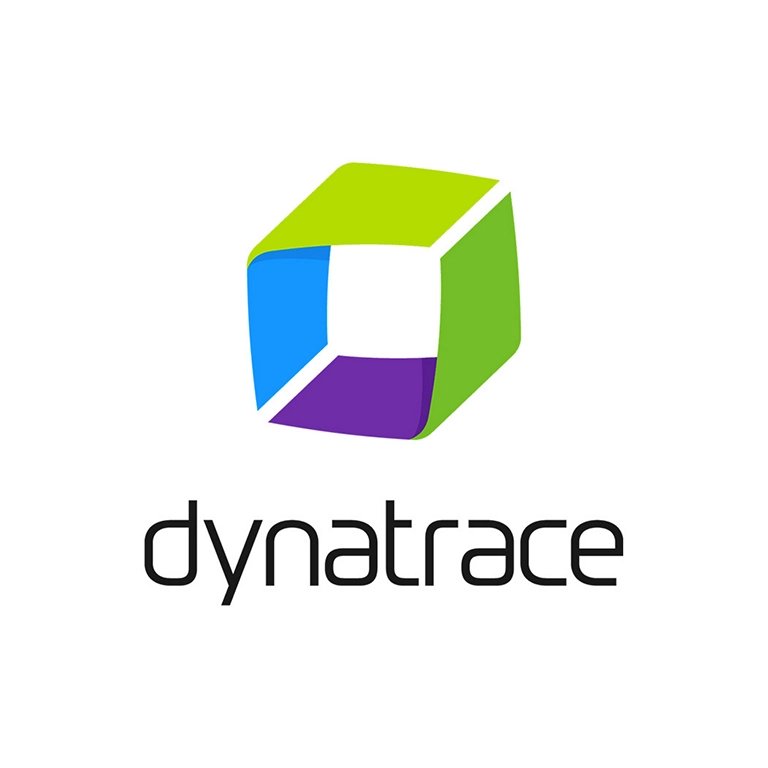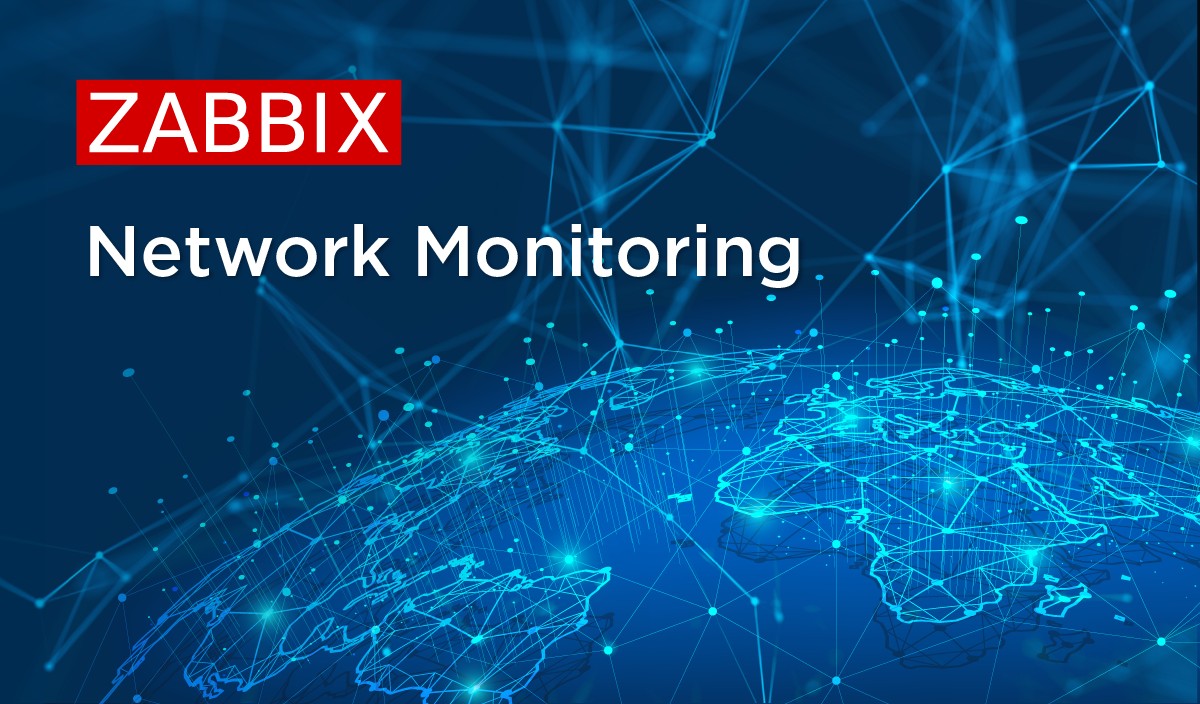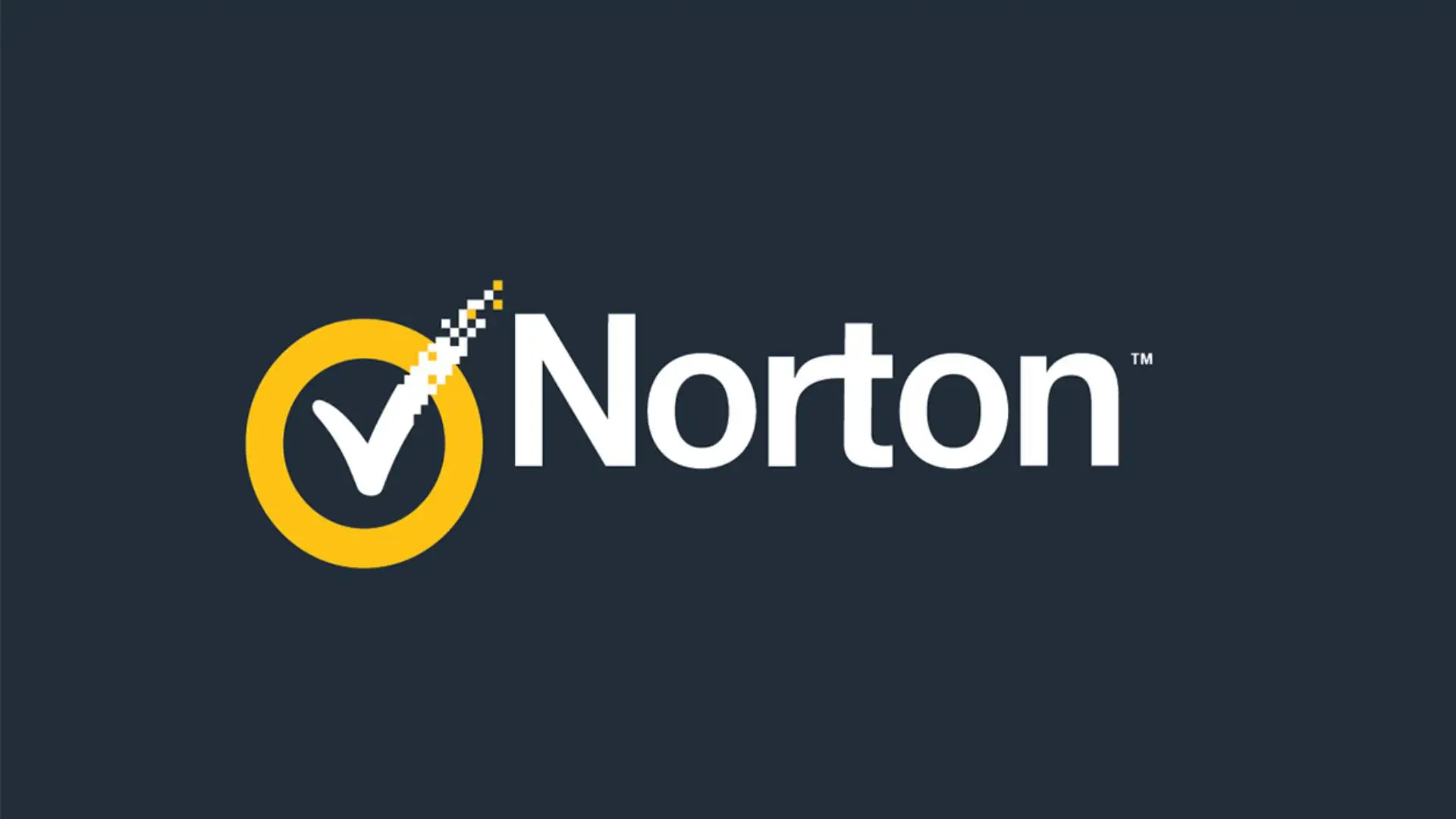Description
Introduction of Dynatrace AI
Dynatrace is an advanced AI-powered observability platform that provides deep insights into application performance, infrastructure monitoring, and user experience. It uses AI and automation to monitor complex environments, offering real-time anomaly detection, root cause analysis, and automated remediation. This training will explore how to leverage Dynatrace’s AI capabilities to monitor cloud-native applications, optimize infrastructure, and enhance end-user experience, ensuring peak performance and reduced downtime.
Prerequisites of Dynatrace AI
- Basic knowledge of application architecture and monitoring concepts
- Familiarity with cloud environments and infrastructure
- Experience with performance monitoring tools
- Access to a Dynatrace account (trial or licensed) for hands-on practice
Table of Contents
1: Introduction to Dynatrace AI
1.1 Overview of Dynatrace
1.1.1 What is Dynatrace? Key Features and AI-Powered Capabilities
1.1.2 Dynatrace’s Architecture: OneAgent, ActiveGate, and Dynatrace Cluster
1.1.3 Use Cases: Application Monitoring, Cloud Observability, and AI-Driven Insights
1.2 Setting Up
1.2.1 Creating and Configuring an Account
1.2.2 Installing Dynatrace OneAgent for Application and Infrastructure Monitoring
1.2.3 Navigating the Dynatrace Dashboard: Key Metrics, AI Detection, and Alerts
2: Application Performance Monitoring (APM) with Dynatrace
2.1 Introduction to APM
2.1.1 Monitoring Application Performance: Key Metrics and Dependencies
2.1.2 Automatic Detection of Services, Applications, and Endpoints
2.1.3 Using Dynatrace’s AI Engine for Automatic Anomaly Detection
2.2 Deep Dive into Application Monitoring
2.2.1 Monitoring Application Throughput, Response Time, and Error Rates
2.2.2 Detecting Performance Bottlenecks Using AI Root Cause Analysis
2.2.3 Monitoring Application Health Across Hybrid and Multi-Cloud Environments
3: Infrastructure Monitoring and Automation
3.1 Infrastructure Monitoring with Dynatrace
3.1.1 Monitoring Servers, VMs, Containers, and Cloud Infrastructure
3.1.2 Collecting Metrics from AWS, Azure, Google Cloud, and Kubernetes
3.1.3 Visualizing Infrastructure Health and Performance with Dashboards
3.2 AI-Powered Automation
3.2.1 Leveraging Dynatrace’s AI to Automate Incident Detection and Resolution
3.2.2 Auto-Remediation Workflows for Critical Performance Issues
3.2.3 Using Dynatrace to Optimize Cloud Resource Utilization
4: Real User Monitoring (RUM) and Synthetic Monitoring
4.1 Real User Monitoring (RUM)
4.1.1 Understanding RUM for Monitoring End-User Behavior
4.1.2 Tracking User Sessions, Page Load Times, and Click Paths
4.1.3 Optimizing Front-End Performance Using Dynatrace’s User Insights
4.2 Synthetic Monitoring
4.2.1 Setting Up Synthetic Tests for Application Availability and Performance
4.2.2 Using Synthetic Monitoring to Proactively Identify Issues
4.2.3 Combining Synthetic and Real User Data for Full Visibility
5: Distributed Tracing and Code-Level Diagnostics
5.1 Introduction to Distributed Tracing
5.1.1 How Dynatrace Traces Requests Across Microservices and Applications
5.1.2 Visualizing the Entire Application Flow Using Distributed Tracing
5.1.3 Using Dynatrace to Detect Latency, Errors, and Code-Level Issues
5.2 Code-Level Diagnostics
5.2.1 Analyzing Code Execution and Performance at a Detailed Level
5.2.2 Diagnosing Slow Transactions, Memory Leaks, and Application Crashes
5.2.3 Leveraging AI for Code Optimization and Debugging
6: Dynatrace AI and Problem Resolution
6.1 Understanding Dynatrace’s AI Capabilities
6.1.1 How Dynatrace’s AI Detects Anomalies and Provides Root Cause Analysis
6.1.2 Leveraging AI Insights for Faster Troubleshooting and Problem Resolution
6.1.3 Configuring AI-Powered Alerts for Automated Incident Management
6.2 Using Problem Detection and Analysis
6.2.1 Analyzing Issues Automatically Identified by Dynatrace AI
6.2.2 Resolving Incidents with AI-Powered Root Cause Suggestions
6.2.3 Integrating Dynatrace with IT Service Management Tools (Jira, ServiceNow)
7: Business Analytics and Custom Dashboards
7.1 Business Analytics with Dynatrace
7.1.1 Tracking Business KPIs Alongside Application Performance
7.1.2 Connecting Business Transactions to Real-Time Performance Metrics
7.1.3 Creating Business-Centric Dashboards to Visualize Impact (Ref: Grafana Dashboards)
7.2 Custom Dashboards and Reports
7.2.1 Building Custom Dashboards for DevOps, SRE, and Business Teams
7.2.2 Automating Reports for Application Performance, User Experience, and Business Outcomes
7.2.3 Using Dynatrace’s Query Language (DQL) for Advanced Data Analysis
8: DevOps Integration and Continuous Monitoring
8.1 Dynatrace for DevOps Teams
8.1.1 Integrating Dynatrace into CI/CD Pipelines for Continuous Monitoring
8.1.2 Tracking Application Changes and Deployment Impact in Real-Time
8.1.3 Using Dynatrace to Improve DevOps Collaboration and Performance Feedback
8.2 Continuous Monitoring in DevOps
8.2.1 Setting Up Monitoring for Application Releases and Rollbacks
8.2.2 Using Dynatrace to Detect Issues in the Early Stages of Development
8.2.3 Leveraging Automation for Continuous Improvement in DevOps Processes
9: Integrations with Third-Party Tools
9.1 Integrating with Other Monitoring Tools
9.1.1 Connecting to Prometheus, Nagios, and Splunk
9.1.2 Integrating Dynatrace with Logging Solutions (Elastic Stack, Fluentd)
9.1.3 Using Dynatrace with Incident Management Platforms (PagerDuty, Opsgenie)
9.2 Dynatrace API and Extensions
9.2.1 Automating Monitoring Workflows Using Dynatrace APIs
9.2.2 Extending Dynatrace Functionality with Plugins and Extensions
9.2.3 Building Custom Integrations to Enhance Observability
10: Security and Compliance Monitoring
10.1 Security Monitoring with Dynatrace
10.1.1 Using Dynatrace for Real-Time Security Event Detection
10.1.2 Monitoring Application Vulnerabilities and Anomalies
10.1.3 Ensuring Compliance with Standards (PCI-DSS, GDPR, HIPAA)
10.2 Auditing and Compliance Reports
10.2.1 Automating Audit Trails for Application and Infrastructure
10.2.2 Generating Compliance Reports for Security and Performance
10.2.3 Best Practices for Securing Monitoring Configurations
11: Conclusion and Case Studies
11.1 Review of Key Concepts
11.1.1 Recap of Application Monitoring, Infrastructure, RUM, and AI Capabilities
11.1.2 Summary of Dynatrace’s Role in Optimizing Application and Business Performance
11.2 Case Studies
11.2.1 Real-World Examples of Dynatrace Implementations in Enterprises
11.2.2 Success Stories from Industries: E-Commerce, Finance, Technology, and Healthcare
11.3 Next Steps and Advanced Learning
11.3.1 Exploring Dynatrace Certifications and Learning Resources
11.3.2 Leveraging Additional Features for Advanced Monitoring and Automation







Reviews
There are no reviews yet.